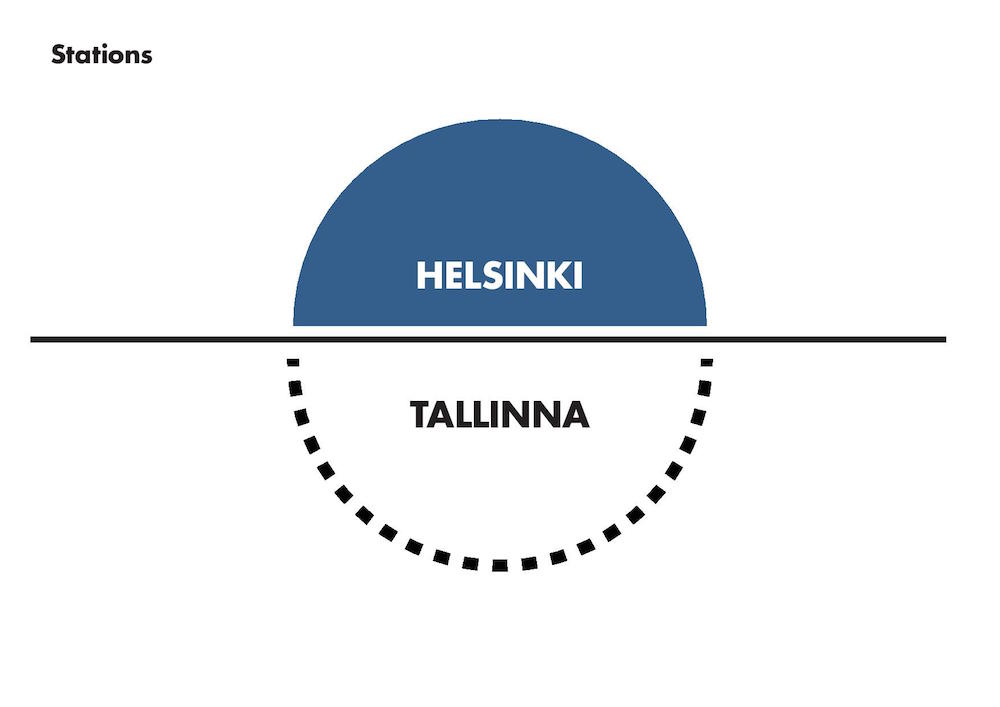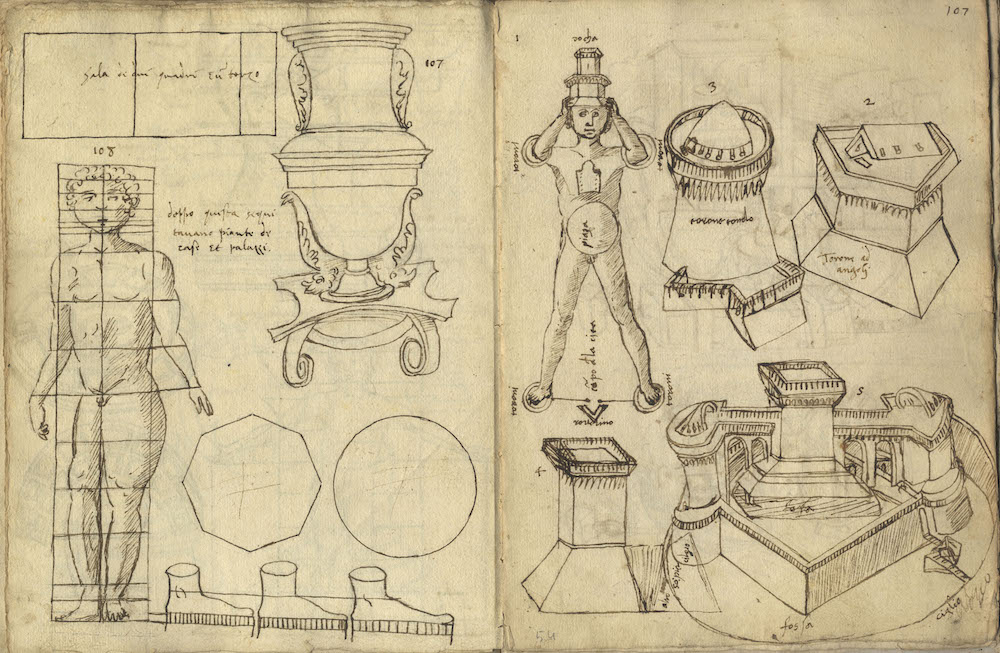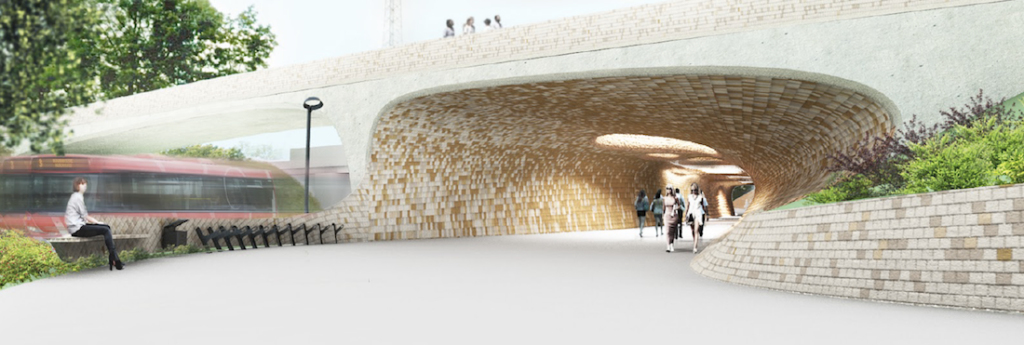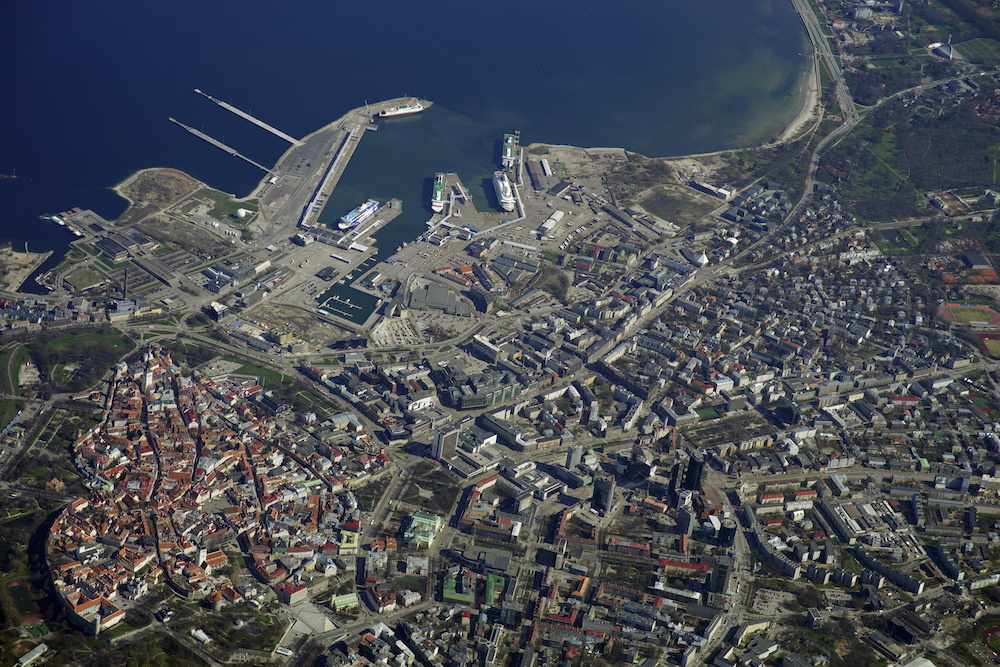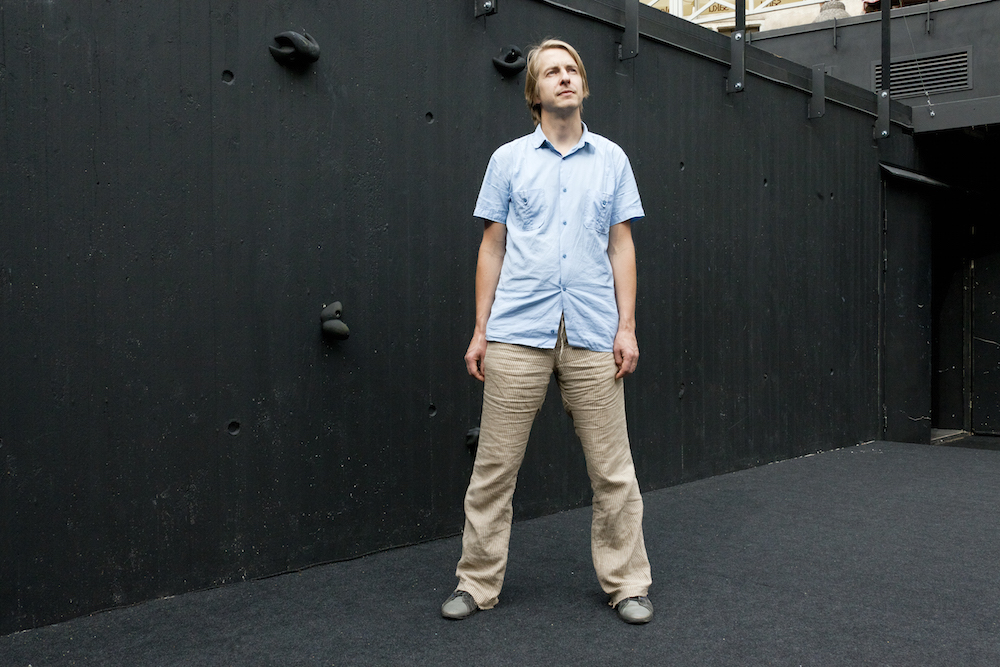Autumn 2017: Shared Space
The most important question regarding the future Tallinn-Helsinki tunnel is no longer if, but how. What kind of unified twin city will Tallinn and Helsinki become thanks to this fast link? This requires foresight and awareness from officials, professionals and politicians.
For me, the key question posed by resilient urbanism is that of the status of the body: unlike in modern urbanism, it could be argued that one of the primary sites of urbanization in resilient urbanism is the body. It situates one of its innovations in the making-infrastructural of the body. This, of course, raises interesting questions regarding the emergent notions of subjectivity and interrogating agency and control in a space where law promises to become evermore algorithmic.
Professional modern urban management and urban planning mean that urban mobility is developed fully by investing in public transport, along with guiding businesses and residential areas, so that different aspects of urban life support one another
How to make a traffic junction that currently spurns carless commuters more inviting and enjoyable? Is it possible to achieve this with the help of road user capacity, distance, decibels or lumens? Or perhaps architecture has some kind of role that cannot be measured in numbers but which will accomplish the desired goal?
One thing that is shattering Annelinn's negative image is the "switching on" of spaces that to date have gone without a programme. A good example is the square in front of the garage complex on Anne Street, which flirts with its old image but also with new values, acting like a buffer between different ways of thinking. It is not clearly defined what kind of activities or target audience the stops and rest spots should accommodate – there is a certain flexibility, various methods of use and room for interpretation
In 2007, the city council again approved the concept “Opening Tallinn to the Sea” with one of its aims including a populated urban space. The simultaneous activities – seaside arterial roads and the wire fences obstructing the sea views and the use of the coast, however, were entirely contrary
This article was born out of concern for the future of our cities, especially Tallinn. It appears to me, as an outside observer, that many large-scale projects in the capital are carried out without any consideration for an overall strategic vision for the city. Although some of the blame can also be placed on the lack of a strong and clear strategic vision for Tallinn, of late, notable progress has recently been made to remedy this situation.
The decisions regarding built environment and living environment have a highly extensive and long-term effect and they are often accompanied also by considerable expenses. Therefore, it is important to increase assurance that the choices made are at a high level and in keeping with the long-term goals.
A Research Study on Urban Planning in Tallinn at the Faculty of Architecture of the Estonian Academy of Arts
This photo series offers some visual background to the emotional debate that has captivated society. The photos were taken in spring/summer 2017. Around 80 locations that are on the proposed route were photographed, from Maardu to the Latvian border.
Postitused otsas

